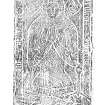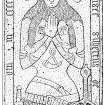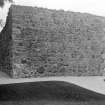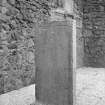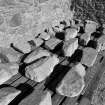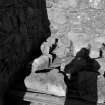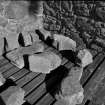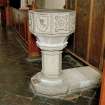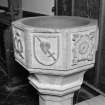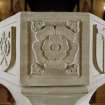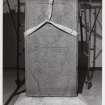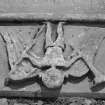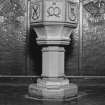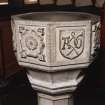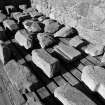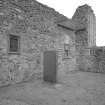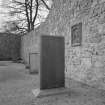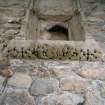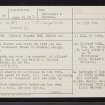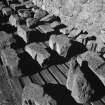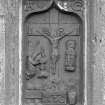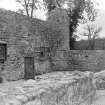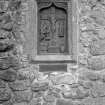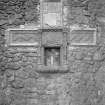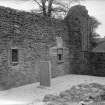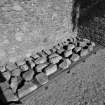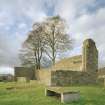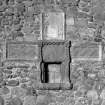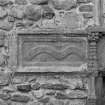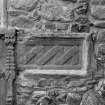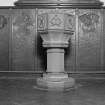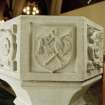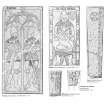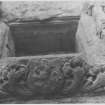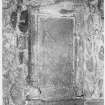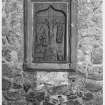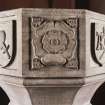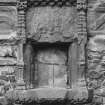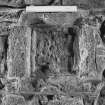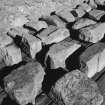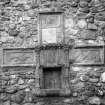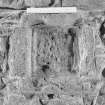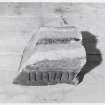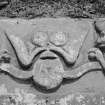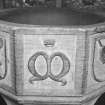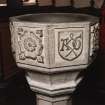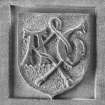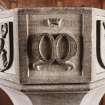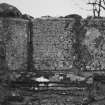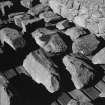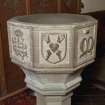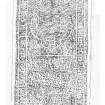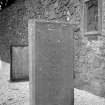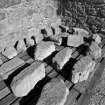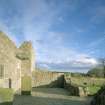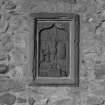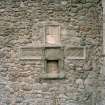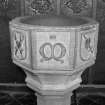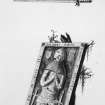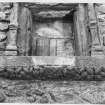Pricing Change
New pricing for orders of material from this site will come into place shortly. Charges for supply of digital images, digitisation on demand, prints and licensing will be altered.
Upcoming Maintenance
Please be advised that this website will undergo scheduled maintenance on the following dates:
Thursday, 9 January: 11:00 AM - 3:00 PM
Thursday, 23 January: 11:00 AM - 3:00 PM
Thursday, 30 January: 11:00 AM - 3:00 PM
During these times, some functionality such as image purchasing may be temporarily unavailable. We apologise for any inconvenience this may cause.
Kinkell, St Michael's Church And Burial-ground
Burial Ground (16th Century), Church (16th Century), Grave Slab (16th Century)
Site Name Kinkell, St Michael's Church And Burial-ground
Classification Burial Ground (16th Century), Church (16th Century), Grave Slab (16th Century)
Alternative Name(s) Commandery Of The Knights Hospitaller; Kinkell Church And Burial-ground; Lower Kinkell; Ardmurdo; Kinkell, Old Parish Church
Canmore ID 18573
Site Number NJ71NE 18
NGR NJ 78583 19062
Datum OSGB36 - NGR
Permalink http://canmore.org.uk/site/18573
First 100 images shown. See the Collections panel (below) for a link to all digital images.
- Council Aberdeenshire
- Parish Keithhall And Kinkell
- Former Region Grampian
- Former District Gordon
- Former County Aberdeenshire
Kinkell Church, early 16th century. Battered but tranquil ruin on its haugh by the Don, probably built by Alexander Galloway, Parson of Kinkell (d.1552) and architect of the Bridge of Dee in Aberdeen. Sacrament house of 1525 on south wall and excellent early stone of an armoured Gilbert de Greenlaw, who fell at the Battle of Harlaw in 1411; 'the only authentic, contemporary memorial of the battle of Harlaw' (Simpson). It was re-used in 1592, including a Greek New Testament text which is the earliest in Scotland. Baptismal font now in St John's Episcopal Church, Aberdeen.
Taken from "Aberdeenshire: Donside and Strathbogie - An Illustrated Architectural Guide", by Ian Shepherd, 2006. Published by the Rutland Press http://www.rias.org.uk
NJ71NE 18 78583 19062
For present parish church of Keithhall and Kinkell (NJ 8020 2096), see NJ82SW 50.00.
(NJ 7859 1906) Kinkell Church (NR) (Ruins of)
OS 6" map (1928)
Kinkell Church was built in 1538 and contains a Sacrament House of unusual design, dated 1524. The Church contains the monument of Gilbert de Greenlaw, slain at the battle of Harlaw (AD 1411) (NJ72SE 6).
A Watt 1864; V G Childe and W D Simpson 1954.
Kinkell Church is mentioned in the 13th century, and again in 1420, this time as belonging to the Knights of Jerusalem (not recorded by Easson [1957]). Gilbert de Greenlaw's tombstone has been re-used for a 16th century burial.
A Jervise 1875-9; D E Easson 1957.
The ancient church was dedicated to St Michael. The parishes of Keithhall and Kinkell were united on 20 February 1754.
H Scott et al 1915-61.
Only the north wall and parts of the east and west walls of Kinkell Church remain. It measured 73 feet in length by 18 feet 6 inches in width internally.
D MacGibbon and T Ross 1887-92.
The church has been partially restored.
Visited by OS (RD) 19 March 1964.
Only the N parts of the E and W walls remain; the church was unroofed in 1771 It was probably built by Alexander Galloway, Parson of Kirkwall and architect of the Bridge of Dee (NJ90SW 3).
(GRC/AAS photographs and additional bibliography cited).
NMRS, MS/712/67.
Publication Account (1986)
On the haughs of the Don are the broken remains of a characteristic early 16th century church, long and narrow, that was dedicated to St Michael. There is an unusual sacrament house, dated 1524, which was probably designed by Canon Alexander Galloway, who may have been responsible for the ceiling of St Machar's (no. 48). This combines both Gothic and Renaissance elements (the latter in the inscription scrolls) in a way seen in various other north-east monuments throughout the 16th century. Beside it is a metal panel showing the crucifixion, also with Galloway's initials and the date 1525.
Within the church is the graveslab of Gilbert de Greenlaw, killed in the battle of Harlaw in 1411, which bears an unusually detailed carving of an armoured knight. This slab was reused by a Forbes in 1592.
Information from ‘Exploring Scotland’s Heritage: Grampian’, (1986).
Publication Account (1996)
On the haughs of the Don are the broken remains of a characteristic early 16th century chutch, long and narrow, that was dedicated to St Michael. There is an unusual sacrament house, dated 1524, which was probably designed by Canon Alexander Galloway, who may have been responsible for the ceiling of St Machar's (no. 48). This combines both Gothic and Renaissance elements (the latter in the inscription scrolls) in a way seen in various other north-east monuments throughout the 16th century. Beside it is a metal panel showing the crucifixion, also with Galloway's initials and the date 1525.
Within the church is the graveslab of Gilbert de Greenlaw, killed in the battle of Harlaw in 1411, which bears an unusually detailed carving of an armoured knight and the earliest use of Greek on a Scottish tomb. This slab was reused by a Forbes in 1592.
Information from ‘Exploring Scotland’s Heritage: Aberdeen and North-East Scotland’, (1996).
Fabric Recording (December 2013 - February 2014)
NJ 78583 19062 An inventory of this collection was undertaken, December 2013 – February 2014. Most of the stones in the collection have profiles that can be related to the remaining profiles in the E window. This is especially true of the jambs and voussoirs. It may be that all of these came from the E window originally. However, if there were other traceried and
arched windows in the church (no evidence remains of these), then the stones could also have come from these windows. The hood-moulds may also have come from the E window (or from another, now lost, related window).
This and other inventories of carved stones at Historic Scotland’s properties in care are held by Historic Scotland’s Collections Unit. For further information please contact hs.collections@scotland.gsi.gov.uk
Mary Márkus – Archetype
(Source: DES)










































































































